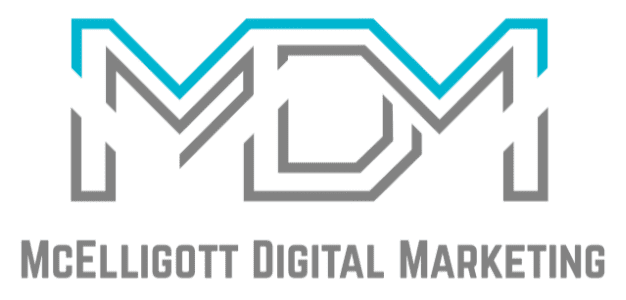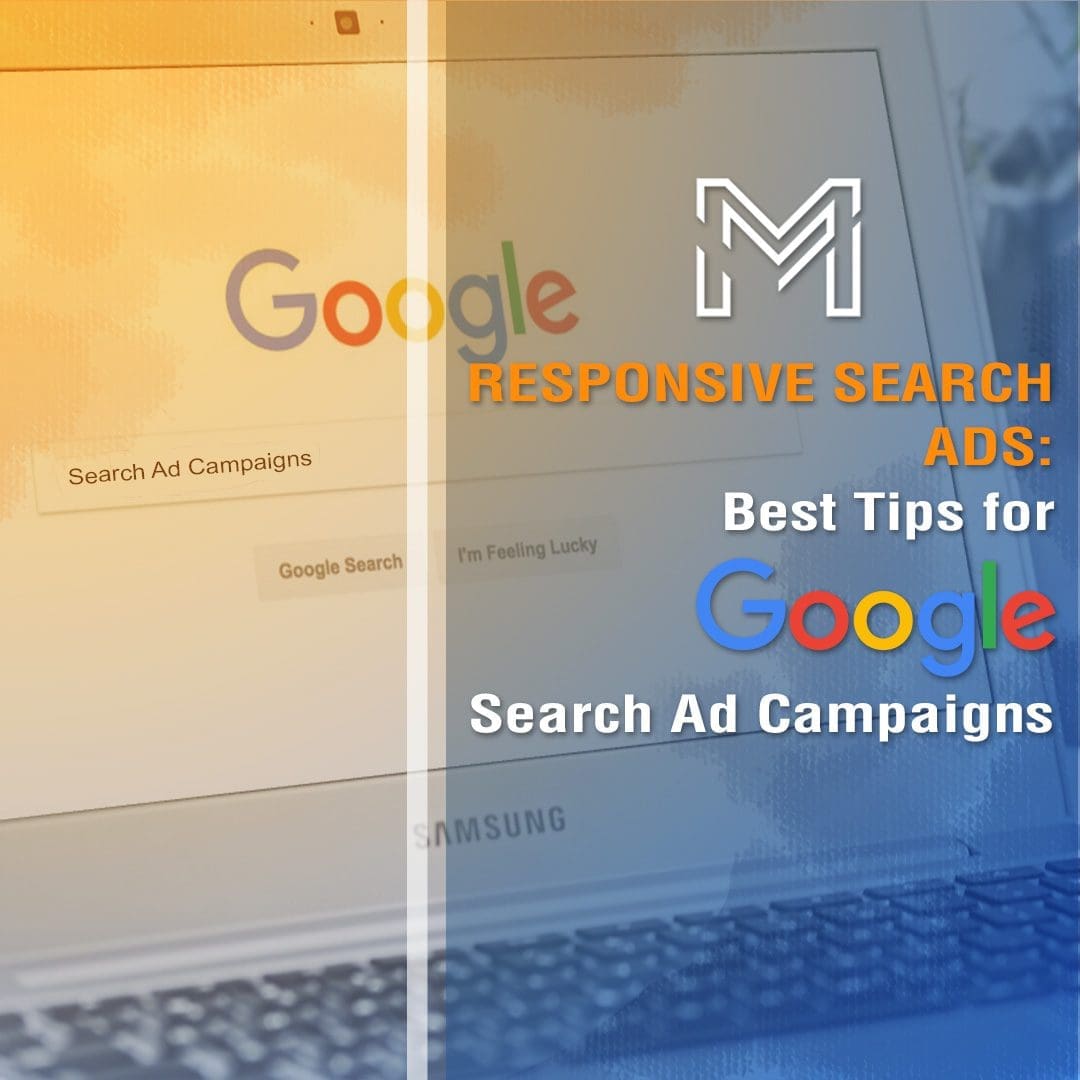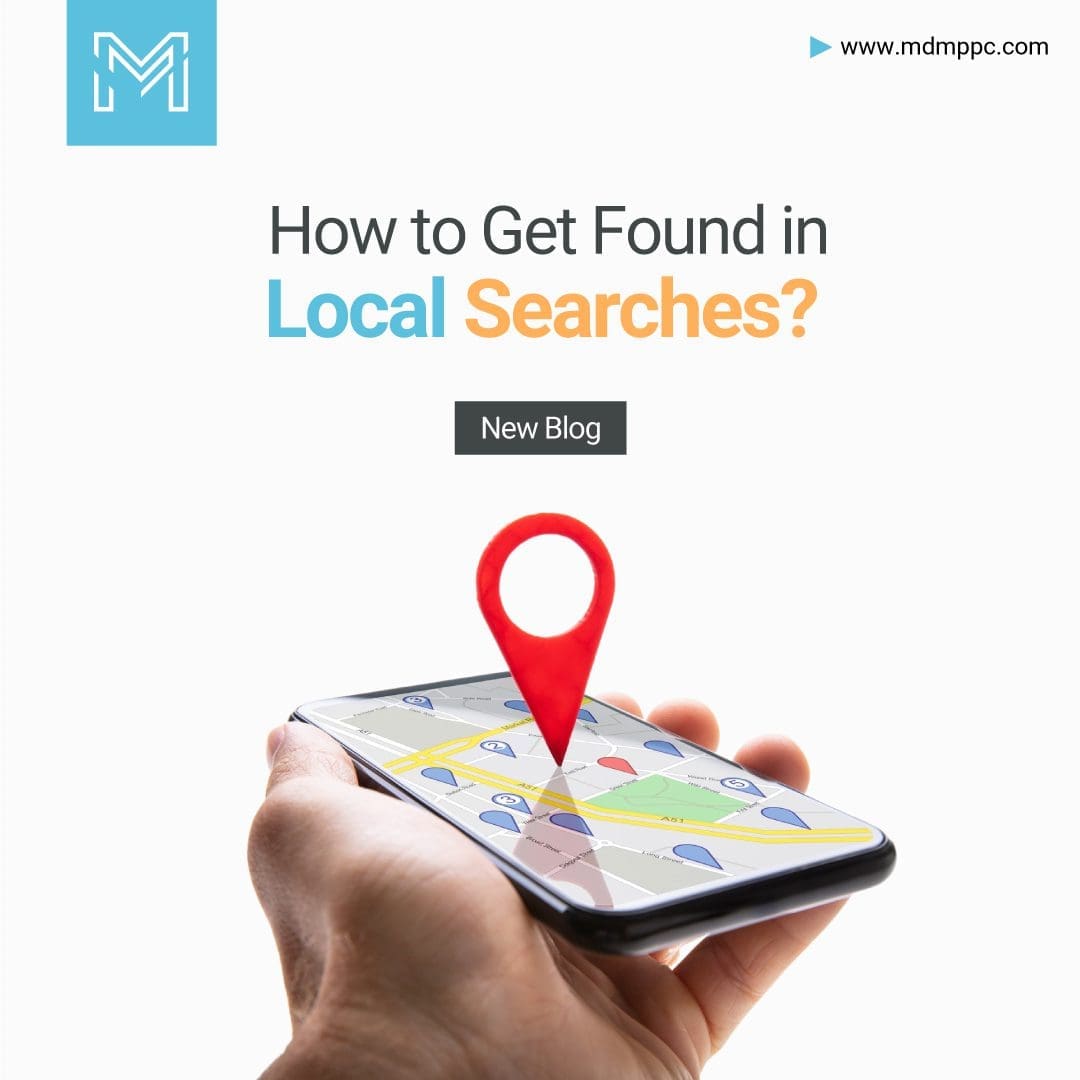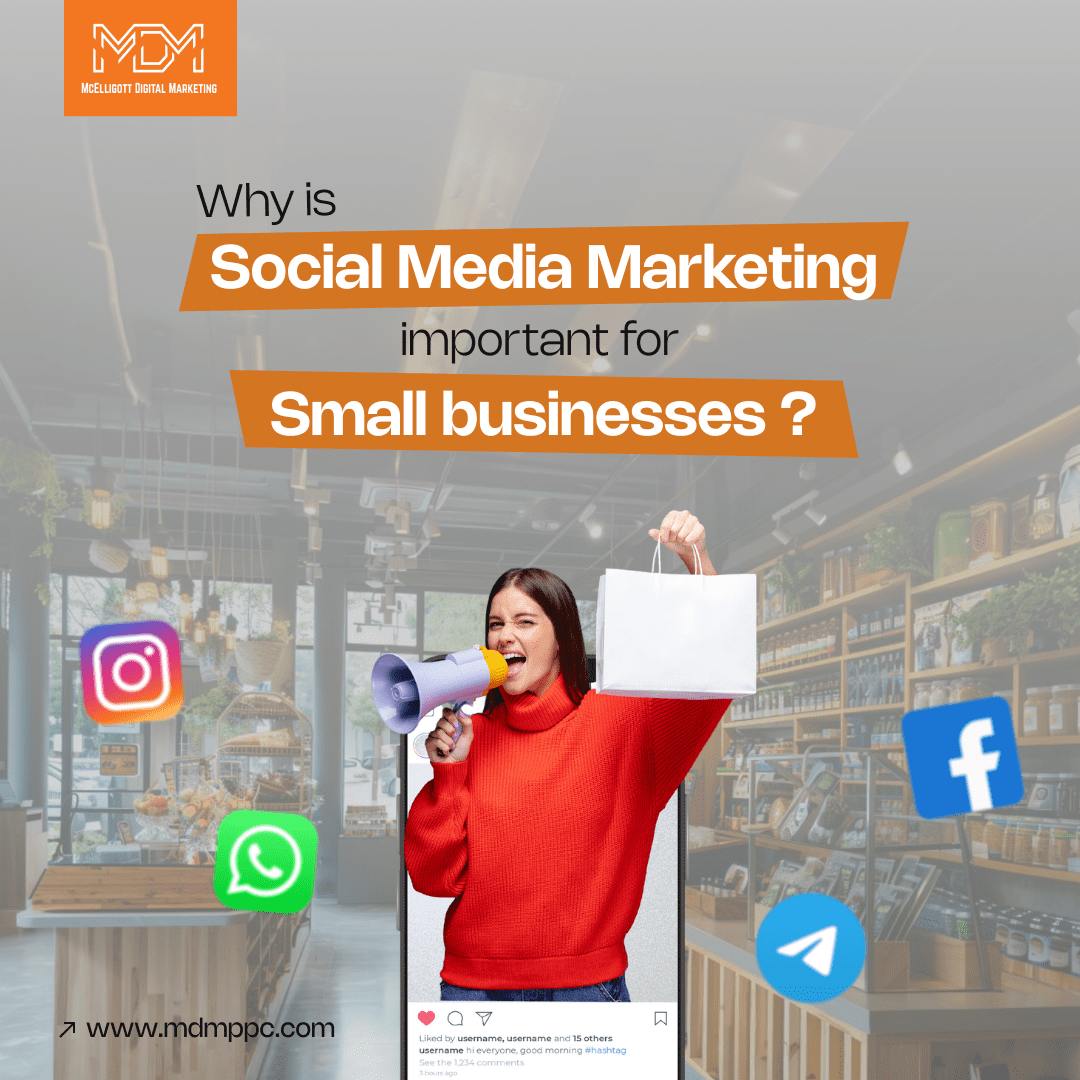If your marketing channels don’t talk to each other, you’re leaving revenue on the table.
Running PPC, SEO, email, and social media as siloed efforts leads to disjointed customer journeys and inconsistent results. But when these channels work together? You build a funnel that attracts, nurtures, and converts without the guesswork.
This isn’t about doing more. It’s about doing it smarter.
In this blog, we’ll break down how to connect your paid ads, organic search, email flows, and social media content into one unified sales engine with automation and attribution built in.
The goal? Less wasted budget. More qualified leads. Better ROI across the board.
Let’s build a funnel that actually sells.
Why Integration Matters More Than Ever
Today’s buyers don’t follow a straight path. They click an ad, browse your site, ignore your email, check your Instagram, then Google you two days later.
If your marketing channels aren’t aligned, you lose them somewhere in that mix.
When PPC, SEO, email, and social media operate in isolation, messaging gets messy, attribution gets murky, and leads slip through the cracks. Integration fixes that. It creates one continuous conversation with your audience where every touchpoint builds on the last.
And with rising ad costs, tighter privacy rules, and AI-fueled algorithms, you need every part of your funnel working harder together not separately.
Integrated marketing means:
- Your PPC drives traffic that SEO can retarget.
- Email nurtures leads who found you through search.
- Social media content supports brand recall after a click.
- Every campaign is mapped, tracked, and optimized.
The result? Better data, smoother journeys, and smarter decisions.
If you want to scale without burning budget, integration isn’t optional, it’s the strategy.
Roles of Each Channel in the Funnel
A unified sales funnel doesn’t mean every channel does the same thing. It means each one plays to its strength working together to move leads from curiosity to conversion.
Here’s how each channel fits:
PPC : PPC puts you at the top of search results and in front of hyper-targeted audiences instantly. Whether it’s Google Ads or paid social, these campaigns drive immediate traffic to landing pages, product pages, or lead forms. It’s the engine that fuels top-of-funnel visibility and accelerates bottom-of-funnel decisions with retargeting.
SEO: Organic search isn’t fast, but it’s foundational. A well-optimized site builds long-term credibility and captures demand from users actively searching. SEO supports every stage of the funnel answering questions early on, ranking for brand terms mid-funnel, and converting with bottom-funnel intent pages.
Email: Once someone clicks, downloads, or browses, email takes over. It keeps the conversation going with personalized drip campaigns, lead nurturing, and timely offers. This is where cold traffic gets warmed up. And where your sales team gets real, qualified leads ready to convert.
Social Media: Social media platforms don’t just drive clicks, they drive recall. Think of them as the trust-builders. Paid or organic, social content reinforces your brand, showcases testimonials, and reminds users why they noticed you in the first place. And when integrated with retargeting, social becomes a subtle nudge back into your funnel.
Mapping Channels to the Funnel (With Examples)
The real power of integration lies in knowing when and where to use each channel. A lead doesn’t go from stranger to buyer overnight and each stage of the funnel needs the right nudge.
Top of Funnel (Awareness)
Goal: Attract attention and generate interest.
Channels That Win:
- PPC (Search & Display): Use non-branded keywords and display ads to reach users actively searching or browsing related content.
- Social Media (Paid + Organic): Run awareness campaigns on platforms like Instagram, Facebook, or LinkedIn to introduce your brand to new audiences.
Example: A B2B SaaS brand runs LinkedIn video ads targeting “IT Managers in Healthcare.” At the same time, a Google Ads campaign targets “best HIPAA compliance software.”
Middle of Funnel (Consideration)
Goal: Build trust and nurture interest.
Channels That Win:
- Email Marketing: Send targeted nurture sequences after a download or signup.
- SEO: Use blog content and comparison pages to guide informed decision-making.
- Retargeting Ads: Remind visitors what they saw and why they should come back.
Example: Someone downloads a whitepaper via PPC. They enter an email sequence with relevant case studies and get retargeted on Facebook with testimonials from similar industries.
Bottom of Funnel (Conversion)
Goal: Seal the deal.
Channels That Win:
- PPC (Branded Search): Capture high-intent buyers searching directly for your brand or product.
- Email: Flash sale reminders or personalized offers.
- Social Proof Posts: Share customer success stories or product demos via social media.
Example: A lead returns via a branded PPC ad, clicks “Book Demo,” and receives a final email with a discount for signing up within 48 hours.
Full-Funnel Automation & Attribution
It’s not enough to run PPC ads, send emails, and post on social media. You need a system that connects it all and tells you what’s actually working.
That’s where automation and attribution come in.
Automation: Scale Without Losing Relevance
Good automation doesn’t replace human strategy, it amplifies it.
With the right setup, you can:
- Trigger email workflows based on ad clicks or page visits
- Retarget site visitors with dynamic PPC ads
- Score leads based on engagement and move them through the funnel
- Align messaging across channels without repeating yourself
Example: A lead clicks a Google ad, downloads a guide, and immediately enters a nurture sequence. No manual follow-up required.
Tools like ActiveCampaign, HubSpot, and Zapier make this easier than ever.
Attribution: Know What’s Driving Conversions
If you’re not tracking attribution, you’re guessing.
Attribution tells you:
- Which channel brought in the lead (SEO, PPC, social media)
- What re-engaged them (email, retargeting, organic post)
- What actually closed the deal (final-touch)
The goal? Stop wasting budget on what’s not working and double down on what is.
Whether you use first-touch, last-touch, or multi-touch models, platforms like GA4, Segment, or HubSpot CRM help map the full customer journey.
Syncing Data Across Platforms
Data doesn’t drive results unless it’s connected.
If your PPC, SEO, email, and social media teams are working off different datasets, your funnel isn’t just fragmented, it’s leaking leads. Integration isn’t a nice-to-have; it’s what makes full-funnel strategies work.
1. Use a Single Source of Truth
Centralized data keeps everyone aligned. CRMs like HubSpot, Salesforce, or Zoho should be your foundation. All lead capture forms, campaign data, and lifecycle stages should flow into this hub with no exceptions.
For smaller teams? Even Google Sheets or Airtable can work if managed cleanly.
Why it matters: If a user signs up from a paid search ad but isn’t tagged in your email system, your nurture campaigns are flying blind. You miss opportunities for retargeting, upselling, or closing the sale.
2. Connect Platforms with Integrations
Once you have a data hub, connect it to your marketing stack:
- PPC: Use tools like Zapier or native integrations to sync CRM data with Google Ads or Meta for precise audience targeting.
- Email: Ensure that behavior-based triggers (like ad clicks or site visits) can launch tailored email sequences.
- SEO & Social Media: Feed high-intent keyword data or top-performing posts into other channels for aligned messaging.
Bonus tip: Use UTM parameters religiously. Without them, you won’t know what traffic sources are actually converting across the funnel.
3. Let the Data Flow Both Ways
It’s not just about pulling leads into your CRM. Push performance data back out:
- Tell Google Ads which leads actually turned into sales (via offline conversion tracking).
- Update email segments based on ad interactions or website behavior.
- Refine social media audiences based on lifecycle stage, not just interest targeting.
Optimization Loops: What to Track and Tweak
Integration means nothing if you’re not optimizing what’s connected.
A unified sales funnel needs more than automation; it needs iteration. That’s where optimization loops come in. By tracking, analyzing, and tweaking consistently across PPC, email, SEO, and social media, you create a feedback loop that gets sharper with every cycle.
1. Track What Actually Moves the Funnel
Stop measuring vanity metrics in isolation. Instead, focus on cross-channel KPIs that drive revenue:
- PPC: Look beyond CTR. Monitor cost-per-qualified-lead (CPQL), lead quality scores, and conversion-assisted revenue.
- Email: Track open rates, but optimize for click-throughs, lead score uplift, and time-to-close from nurtured leads.
- SEO: Measure organic traffic to key funnel pages, not just overall visits. Prioritize content that drives bottom-funnel conversions.
- Social Media: Engagement is nice but measure how many visitors convert from social media into leads, signups, or sales.
2. Tweak Based on Funnel Friction
Find the drop-offs then fix them.
- Are PPC leads bouncing? Refine landing page alignment with ad copy.
- Are email leads stalling mid-funnel? Test new drip sequences or more personalized offers.
- Is SEO traffic not converting? Add CTAs, update copy, or revisit your keyword intent.
- Is organic social media traffic shallow? Try retargeting with stronger mid-funnel assets.
Each tweak should be tracked in relation to funnel movement not just channel performance.
3. Loop, Don’t Launch-and-Leave
Optimization isn’t one and done. Create monthly performance reviews where all teams align data, test outcomes, and plan small, smart iterations.
Keep what works. Ditch what doesn’t. Scale what’s converting.
Pro tip: Use dynamic dashboards (like Looker Studio or HubSpot Reports) to view funnel performance across all channels in one place.
Because when everything’s integrated, optimization isn’t a checklist. It’s a system.
Common Mistakes to Avoid in Multi-Channel Funnels
Building a multi-channel funnel is powerful but only if you’re not sabotaging it with common missteps.
Here are the top mistakes that derail performance (and how to fix them):
1. Running Channels in Silos
Paid search, email, SEO, and social media can’t operate in isolation. If your PPC team doesn’t know what content SEO is ranking for or if your email nurtures aren’t aligned with your ad messaging you’re wasting money and losing leads.
Fix it: Hold monthly alignment meetings. Share campaign calendars and audience insights across teams.
2. No Unified Tracking Strategy
Using different UTM structures, missing GA4 setups, or ignoring cross-channel attribution means you’re flying blind.
Fix it: Standardize your UTM conventions and use platforms like Google Tag Manager, HubSpot, or Segment to stitch everything together.
3. Over-Reliance on One Channel
Relying too heavily on one channel (like paid search) leaves you exposed to cost spikes, algorithm changes, or diminishing returns.
Fix it: Distribute your spend and effort across channels based on where each performs best in the funnel.
4. Neglecting Mid-Funnel Engagement
Many brands pour budget into TOFU (traffic) and BOFU (conversions), while completely ignoring MOFU (nurture).
Fix it: Invest in remarketing, email workflows, and mid-funnel content to keep leads moving forward.
5. Not Testing Creative Across Channels
A headline that works in search might flop on Instagram.
Fix it: Customize creative per platform even if the message stays consistent.
Your Unified Funnel Checklist
Ready to build a high-converting, cross-channel sales funnel? Use this checklist to make sure your PPC, SEO, email, and social media strategies are working together—not against each other.
Define Your Funnel Stages : Map out TOFU, MOFU, and BOFU with clear goals and content for each phase.
Assign Roles to Each Channel
- PPC: Drives immediate traffic and captures intent.
- SEO: Builds long-term visibility and trust.
- Email: Nurtures leads and recaptures interest.
- Social Media: Engages, educates, and builds awareness.
Sync Messaging Across Channels : Ensure your ad copy, landing pages, emails, and social posts tell a consistent story.
Set Up Unified Tracking : Use UTM tags, conversion goals, and attribution tools to connect the dots across all platforms.
Automate Where It Makes Sense : Trigger emails from form fills. Retarget ad viewers with custom offers. Schedule social posts that align with email campaigns.
Review & Optimize Weekly : Check CTRs, conversion rates, assisted conversions, and engagement across channels. Use that data to adjust your content, targeting, or timing.
Test & Refresh Creatives Regularly : What works on paid may not work in email. Test variations and rotate often.
Conclusion:
A unified sales funnel isn’t just a buzzword, it’s the blueprint for smarter, more profitable marketing.
By integrating PPC, SEO, email, and social media, you build a system that guides leads from first click to final conversion seamlessly. Each channel supports the other. Each touchpoint becomes more relevant. And your results start compounding instead of competing.
The key? Stay aligned. Sync your data. Automate your workflows. And optimize every stage based on what actually drives conversions not assumptions.
When done right, your funnel doesn’t just work, it works together.
Need help building a fully integrated marketing engine?
Let’s connect and create a funnel that doesn’t just drive traffic but drives revenue.
FAQs
1. Why should I integrate PPC with email, SEO, and social media instead of managing them separately?
Because your customers don’t live in one channel. They might discover you through a Google ad, research you via SEO, follow your socials, and only convert after a reminder email. Running channels in silos breaks that journey. Integration ensures every touchpoint works together to move leads forward.
2. What’s the best way to track performance across all these platforms?
Use UTM parameters religiously, and make sure all campaigns feed into a central CRM or analytics platform (like GA4 or HubSpot). From there, use multi-touch attribution models to understand what’s influencing conversions, not just who got the last click.
3. How often should I update and optimize my funnel strategy?
At least once a month. Review cross-channel data to spot drop-offs, test new creatives, update your email workflows, and adjust PPC targeting based on funnel behavior. The more you optimize together, the better each piece performs.
4. Do I need expensive tools to integrate everything?
Not necessarily. While platforms like HubSpot, Segment, or ActiveCampaign make it easier, even lean teams can use free tools (Google Sheets, Zapier, GA4) to build a connected system. Integration isn’t about budget it’s about intentional strategy.





